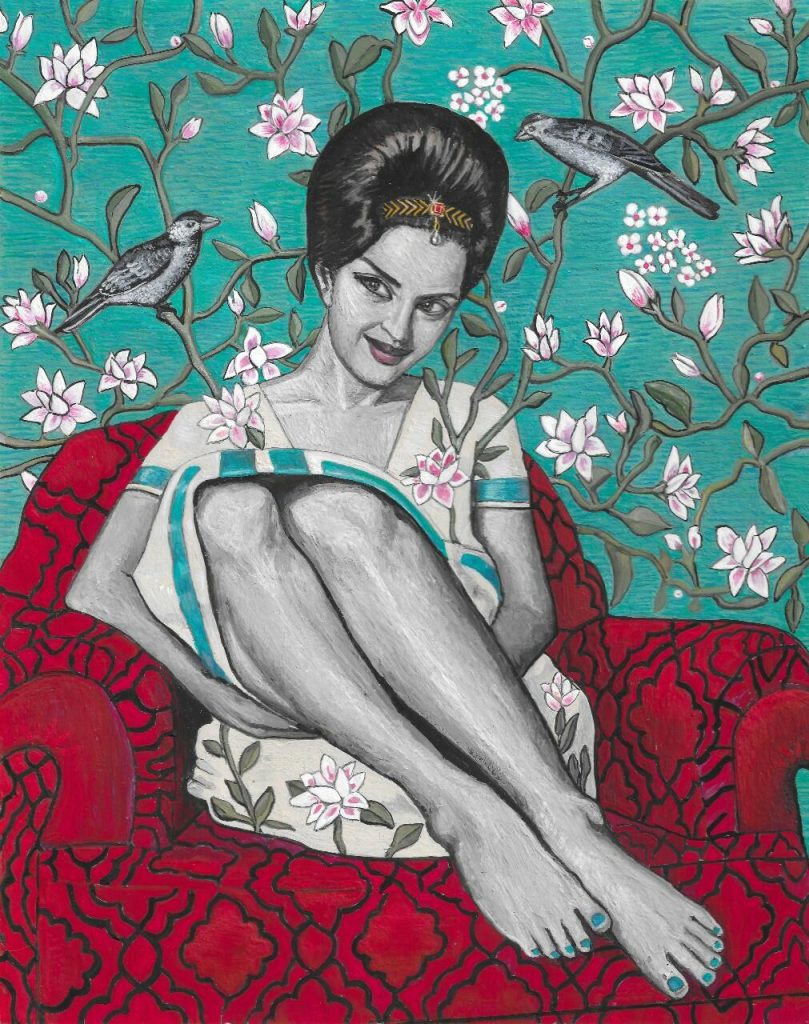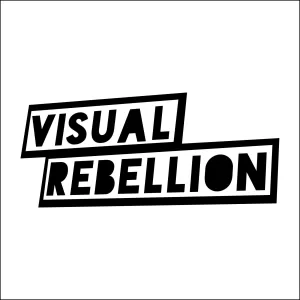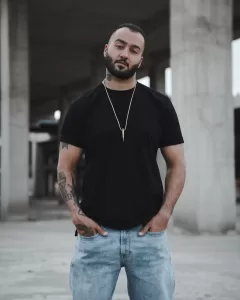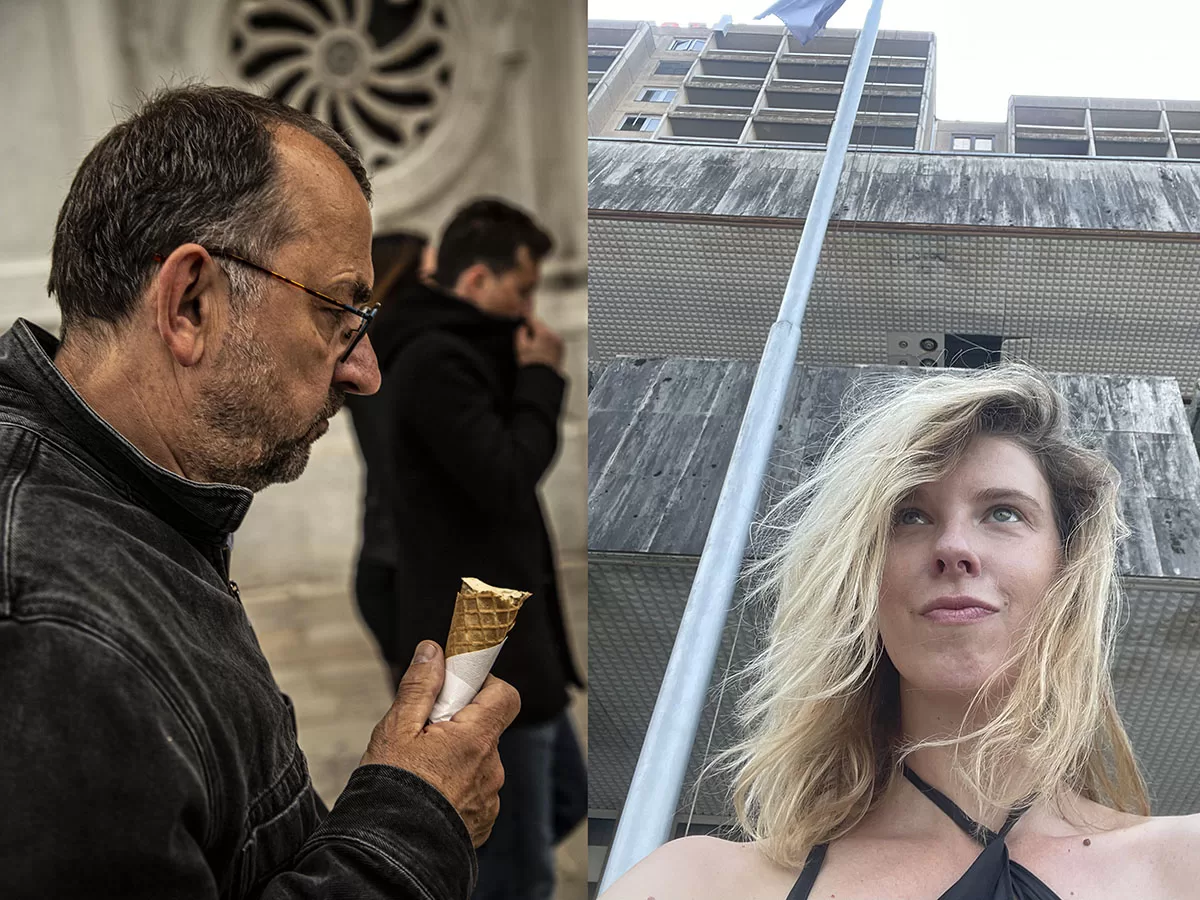8 Feb 2023 | Iran, Iraq, News and features, Syria, Turkey
The murder of a 22-year-old Kurdish woman in Iran by the Gasht-e-Ershad 'guidance patrols' in September sparked protests worldwide. Celebrities cut off their hair and chanted ‘Women, Life, Freedom’ in support of the movement born out of her funeral. But ‘Mahsa Amini’ – as she is identified by the mainstream press – is a misnomer.
“Her formal name according to the Iranian state is Mahsa, but she was known as Mahsa only by the authorities,” British-Kurdish writer and organiser Elif Sarican told Index. “She was known as Jina to her family, friends and everyone that knew her. It’s what is on her gravestone.”
Sarican described the deliberate misnaming of Kurds as a tactic to deny their existence. The insistence on calling Jina the wrong name is “painful” she said, particularly when it’s by the mainstream media.
“It's very difficult in Iran – not impossible – but very difficult, to have a Kurdish name,” she explained. “The Iranian state is very specific about the kind of Iran it envisages. Unfortunately, similarly to other parts of Kurdistan, Kurdish people cannot name their children with Kurdish names.”
In 1990, Sarican and her family migrated to London from Maraş in north Kurdistan, the site of one of the largest Kurdish massacres in contemporary Turkey. It was aimed at people just like her family – Kurdish Alevis.
The unrest in Iran, Sarican says, is representative of a universal Kurdish experience. It’s an uprising of people that have been denied for 100 years.
“‘Women, Life Freedom’, or ‘Jin, Jîyan, Azadî’ in Kurdish, comes from the Kurdish Women's Movement,” she continued. “It’s a part of the Kurdish Freedom Movement founded by the imprisoned Abdullah Öcalan.”
Since the news of Jina Amini’s murder broke, the slogan has been adopted internationally as a symbol of solidarity. But the phrase, Sarican tells me, has been dissociated from its radical, political origins. It exists as a result of decades of struggle for women's liberation and marked a big shift in the Kurdish Freedom Movement when women's liberation was adopted and cemented as a core pillar.
“Bringing together women, life and freedom is what the Kurdish Freedom Movement ideology is. It’s based on radical democracy, ecology and women's liberation. All of these coming together is the only way to achieve freedom.”
It's no surprise, she explains, that Iranian protesters took inspiration and borrowed this slogan from their brothers and sisters in other parts of Kurdistan. “This is an expression of universal Kurdish struggle.”
The persecution of Kurds persists across the region. “100 years ago – and this year is the 100-year anniversary of the Treaty of Lozan – the Kurdish regions were divided into four nation states: Turkey, Syria, Iraq and Iran. As a result of that, the experience of Kurdish people has been denied,” Sarican explained.
Kurdish language, culture and political expression are suppressed across the region. Fundamentally, they are denied the right to exist, she says. In Turkey, in the last 10 years, many Kurdish activists, elected MPs, mayors and councillors have been imprisoned. Although the Kurdish language is no longer formally banned in Turkey, it is repressed.
“To have education in your mother tongue is an international human right,” she explains. This is not a right granted to Kurds in Turkey.
While the treatment of Kurds in Iran, Syria and Iraq is brutal, Sarican says, it is limited to their own borders. Turkey not only oppresses Kurds in its own borders, but has invaded Syria, and continues to build military bases in northern Iraq.
“They are interfering in the lives of Kurdish people in at least three areas of Kurdistan. When the protests were happening in Iran and there was solidarity being shown in parts of Turkey, the police brutally cracked down on these demonstrations.”
Mournfully, she tells me that this month is the 10-year anniversary of the assassination of three Kurdish women by Turkish intelligence in Paris. In a disturbing mark of the anniversary, three more activists were assassinated in the same location just a few weeks ago.
“The Kurdish people are feeling unsafe not only in most parts of Kurdistan, but also in other parts of Europe,” Sarican continued.
Kurdish people constitute 10% of Iran's population but make up about 50% of their political prisoner numbers. Many prisoners are denied proper health access, the most basic human rights, proper visits with family and connection with the outside world. Sadly, she says, many European states also extend these policies against Kurdish people in Europe.
“Kurdish communities are some of the most politically organised. The Kurdish freedom movement is not only one of the biggest political movements in the Middle East right now it is actually one of the largest social movements in Europe as well. [Criminalisation of our communities] really curtails and impacts the organising and protests.”
“Staying in tune with what's happening in Kurdistan is of the utmost importance. It’s important that any future, whether it's in Turkey or Iran – because it's all connected, very very closely – is a future that works for the people. That's a future of radical democracy, of ecology and of women's liberation. Because otherwise these theocratic dictatorships will cement themselves.”
She stressed the significance of understanding the political projects that are already in existence across Kurdistan, instead of trying to impose a Western solution. “My call would be for people to understand the Kurdish Freedom Movement programme and what it’s offering. Read the memoir of Kurdish revolutionary Sakine Cansiz. Read the works of Abdullah Öcalan. Understand what the political project is and how we can work together to realise it. [The crisis in the Middle East] will only result in an actual, meaningful freedom if there is a political vision, led by the Kurdish freedom movement. It's time we support that movement and come together to make sure that that is what the future of Kurdistan looks like."
1 Feb 2023 | Iran, News and features

Wild at Heart (Portrait of Pouran Shapoori), 2019 Credit: Soheila Sokhanvari, courtesy Kristin Hjellegjerde Gallery
The long, winding path of The Curve art gallery at London's Barbican Centre has been transformed into a devotional space. The cavernous room is dimly lit and echoes with the calming voices of female Iranian singers. Sprawling, Islamic, geometric patterns roll down the tall walls which are splintered with the light projected onto them by dazzling mirrored sculptures. Apart from the female voices, it feels like a mosque.
Take a closer look, and the walls are scattered with traditional Persian miniatures, depicting women whose histories have been erased in Iran. In painstaking detail, Soheila Sokhanvari’s portraits provide a snapshot into women’s lives pre-revolution. Born in Shiraz in the Fars Province of Iran, she came to England in 1978, just a year before the Islamic Revolution. But Sokhanvari remains enchanted with the country she left behind. Her miniatures depict unveiled and glamorous women, creative dissidents who pursued careers in a country awash with Western style but not its freedoms.
“I can relate directly to the women in my paintings,” she told Index. “Like them I am an artist but, unlike them, I am able to pursue my career, wear what I want and act as I want, and the idea that one day someone could take my freedom away from me is unthinkable”.
The portraits are displayed without names or biographical info but, by scanning a QR code, we are guided through the exhibition by their stories. There are 28 in total: actors, singers, poets, writers, dancers and film directors, all of which were either forced into silence or exile in 1979, when the Islamic Revolution led to a rollback in women’s legal rights. Much of their work is censored in Iran today. “I knew of many of the women from my own experience and time in Iran as a young girl,” Sokhanvari explained. “They were my idols, but finding out more information about the lives of several of the women took lots of research - they were essentially erased from the record by the regime”. She said that a small number of the women – like singer and actress Googoosh – are very famous, but that several had tragically died too young and were hard to trace.
The exhibition draws the spotlight back onto these talented women for which, she says, she feels a deep loss. The portraits beautifully capture this feeling: a simultaneous celebration of their bravery and a mourning of their freedoms. Vivid patterns and clothing contrast monochromatic faces, which make the pictures feel both vibrant and ghostly. The use of new and old multimedia was significant in telling these stories too. “I painted my portraits in the ancient technique of egg tempera, onto calf vellum, and I included films in which the women starred, ” Sokhanvari said. Two holograms of dancing Iranian actors Kobra Saeedi and Jamileh are also hidden in boxes. “I wanted the viewers to see these women, to watch them dance and to hear them sing, since they have been banned from these platforms.” The broadcasting of women’s voices in public is illegal in Iran. “I wanted to show these women at the height of their creativity, to show them as the sensational artists that they are, and using multimedia helped to achieve this immersive experience.”
This contrast of old and new is fitting. While the exhibition was curated without sight of the current unrest in Iran, the portraits certainly gain a tragic poignancy because of it. The brave women of Sokhanvari’s portraits embody much of what people are fighting for today. “Young women are at the front of this revolution and that is what gives it its power,” she told Index. “I feel a new sense of positivity and hope that perhaps we will see the end of this regime, but simultaneously I feel pain and bitterness that it is at the cost of so many bright lives.”
Although she doesn’t describe her artwork as a protest, she says that the message is political.
“What is happening in Iran can no longer be seen as just another protest, it is a revolution and I stand in solidarity with my sisters.” I asked if her portraits reflect a lost past or a hopeful future. She says both.
‘Rebel Rebel’ at The Curve, Barbican is open until 26 February 2023
 Visual Rebellion (Myanmar)
Visual Rebellion (Myanmar) Toomaj Salehi (Iran)
Toomaj Salehi (Iran)

